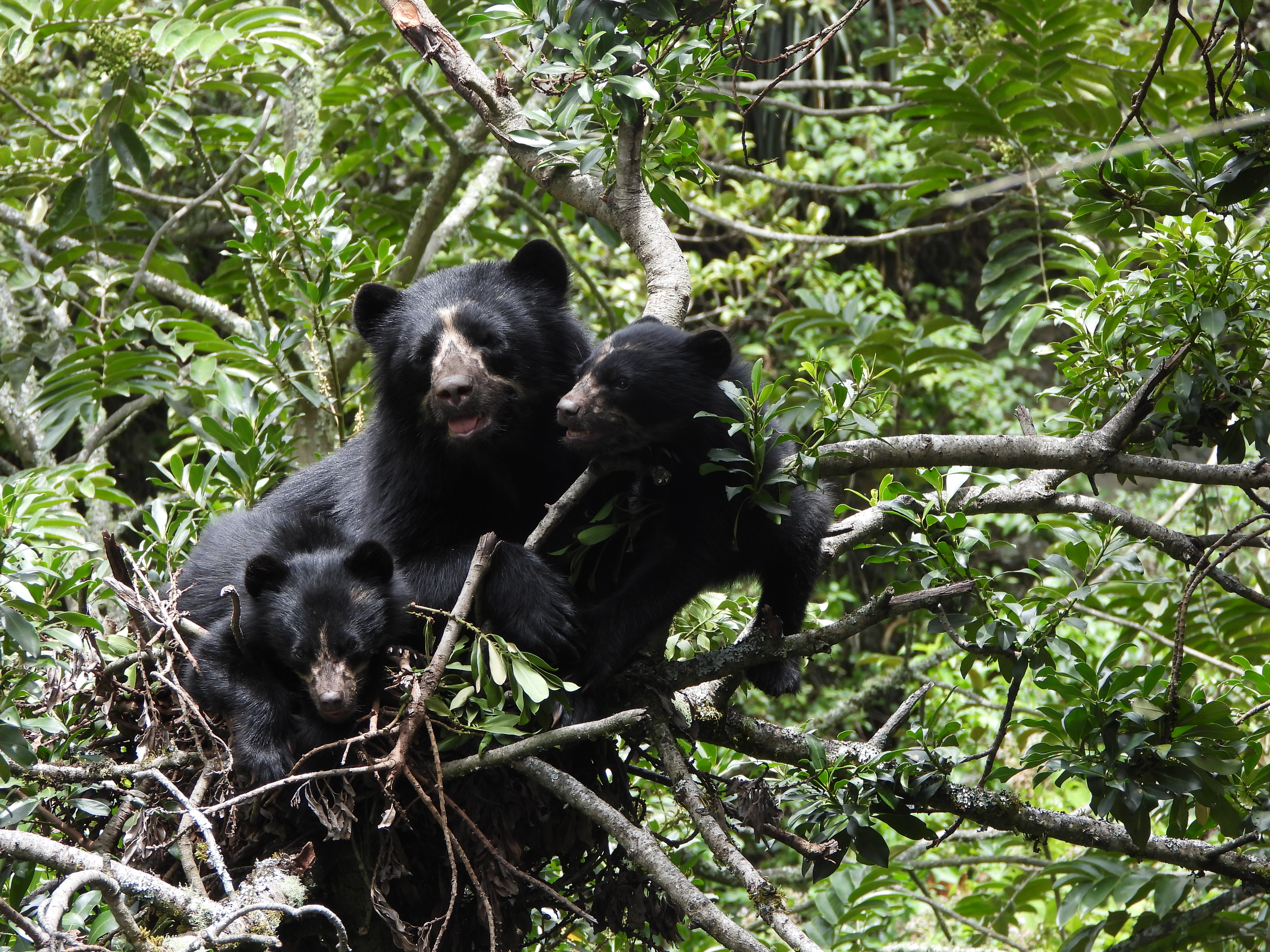Last year while waiting to start my studies, I spent a few months volunteering for a project radio tracking Ringtail Possums. The ringtail possum is a small nocturnal arboreal marsupial, and a lot cuter than opossums

I was involved in all parts of the field work - weighing and measuring, collaring, releasing, getting pissed on (they respect neither god nor man), releasing and tracking the possums.

We did unfortunately (but not unexpectedly) lose some to predation by foxes and cats. These were possums that had been injured and rehabilitated at a wildlife hospital and the high predation rate was pretty much the reason the study was carried out. Obviously not showing photos of those, but it was pretty upsetting for the rehab volunteers (and for we field volunteers too, of course! But we didn't really know the possums personally the way the hospital volunteers did.) We also found a few collars that had fallen off - they're designed with a weak link to try and eliminate any strangulation risk. Mostly the evidence we saw around lost collars suggested they were fine.
We started with 22 candidates for release; one sadly needed to be euthanized before release, due to the severity of its injuries and the fact it wasn't recovering. One was initially released but we then found it dehydrated and disoriented the next day while tracking it, right by a busy street - he was taken back into the hospital for further rehab. Of the others, by the time the several months were up, only I think four were still being tracked (most of the others knocked their collars off - we didn't lose 80% to predators!) which is a good result, to be honest, because this group of possums had been put through "possum finishing school" to try and train them to be scared of predators. Straight releases in the past did show predation rates on that order. So as sad as it was to see the ones that didn't make it, from what we could tell, the rehab's efforts were not in vain and the training did help. Which is especially nice when you consider how devastating it must have been to the hospital to learn that the vast majority of the individuals they treat were being eaten by introduced predators (it's a wildlife hospital, so losing some to eagles or quolls would have been sad but nowhere near as upsetting!)
I got this opportunity as a recent graduate (environmental science and conservation biology) through my contacts at the uni, but members of the public who had volunteered at the wildlife hospital were also involved. It was a very rewarding experience so I highly recommend it to anyone who has a similar opportunity.
Bonus: while out spotlighting a few months after the program ended, I saw some with their babies!

These were brushtail, not ringtail, possums which is why they look a little different. Didn't get a photo but shortly after this, they decided they didn't like being watched and the baby climbed up on mum's back to get a ride away from the strange man with the bright light 🩷















